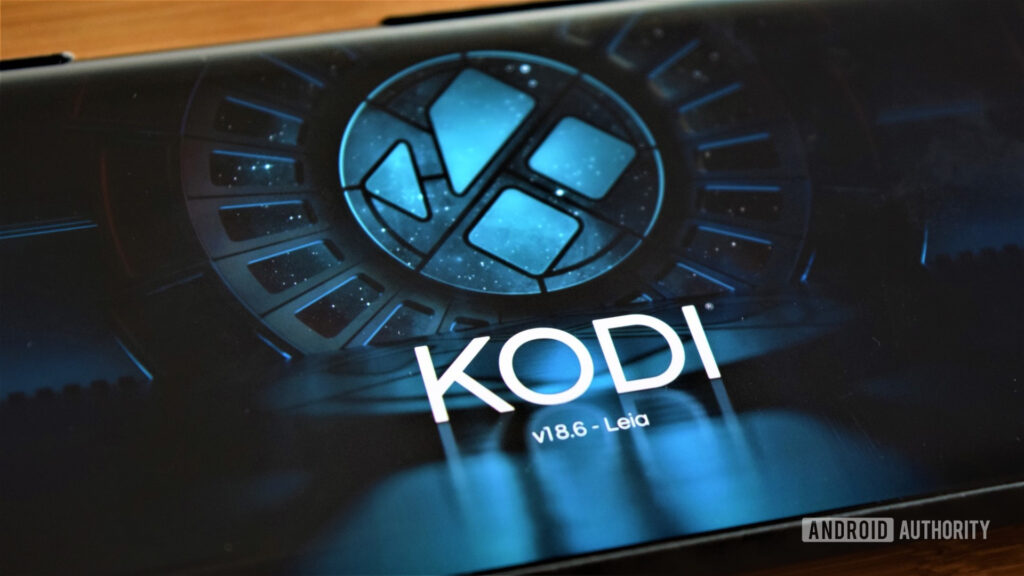MacOS and Linux GNOME are two popular operating systems known for their stability, security, and user-friendly interfaces. While MacOS is developed by Apple Inc. and exclusively runs on Apple hardware, Linux GNOME is an open-source operating system available for a wide range of hardware platforms. In this comprehensive comparison, we’ll explore various aspects of both operating systems to determine which might be the best choice for different users.


1. User Interface:
- MacOS: MacOS boasts a sleek and intuitive user interface characterized by its iconic Dock, Finder, and Menu Bar. It offers a polished and consistent user experience across all Apple devices, making it easy for users to navigate and customize their desktop environment.
- Linux GNOME: Linux GNOME features a modern and minimalist desktop environment with a focus on simplicity and usability. It offers a clean interface with an activities overview, application launcher, and customizable workspaces. While GNOME may lack the visual flair of MacOS, it provides ample flexibility for users to personalize their desktop experience.
2. Software Ecosystem:
- MacOS: MacOS benefits from a robust software ecosystem with access to a wide range of commercial and third-party applications through the Mac App Store. Additionally, MacOS seamlessly integrates with other Apple services such as iCloud, iMessage, and Apple Music, enhancing the overall user experience.
- Linux GNOME: Linux GNOME offers a vast repository of free and open-source software available through package managers like apt and Flatpak. While the selection may not be as extensive as MacOS, Linux users can find alternatives for most popular applications, including web browsers, office suites, multimedia players, and development tools.
3. Compatibility and Hardware Support:
- MacOS: MacOS is tightly integrated with Apple hardware, ensuring optimal performance and compatibility. However, it is limited to Mac computers, restricting hardware choices for users.
- Linux GNOME: Linux GNOME supports a wide range of hardware configurations, making it suitable for both older and newer hardware. It offers excellent compatibility with various devices, including desktops, laptops, servers, and embedded systems. Moreover, Linux GNOME can run on hardware from different manufacturers, providing users with greater flexibility and choice.

4. Security and Privacy:
- MacOS: MacOS is known for its robust security features, including built-in encryption, system integrity protection, and Gatekeeper for app security. Apple regularly releases security updates and patches to address vulnerabilities, ensuring a secure computing environment for users.
- Linux GNOME: Linux GNOME benefits from the security advantages of open-source software, with a dedicated community of developers constantly auditing and improving code. While Linux distributions may have fewer malware threats compared to MacOS or Windows, users are still advised to practice good security practices, such as regular software updates and using strong passwords.
5. Customization and Flexibility:
- MacOS: MacOS offers limited customization options compared to Linux GNOME. While users can personalize their desktop backgrounds, screensavers, and system preferences, MacOS restricts deeper customization of the operating system’s core components.
- Linux GNOME: Linux GNOME provides extensive customization options, allowing users to tailor their desktop environment to suit their preferences. From themes and icons to desktop layouts and extensions, Linux GNOME offers unparalleled flexibility for users to create a personalized computing experience.
Conclusion:
Choosing between MacOS and Linux GNOME ultimately depends on individual preferences, requirements, and priorities. MacOS excels in offering a seamless and integrated user experience with top-notch hardware-software optimization, making it an ideal choice for users invested in the Apple ecosystem. On the other hand, Linux GNOME appeals to users seeking customization, flexibility, and compatibility across diverse hardware platforms, making it a compelling option for tech enthusiasts, developers, and open-source advocates.
Ultimately, the best operating system is the one that aligns with your specific needs, workflow, and computing objectives. Both MacOS and Linux GNOME offer unique strengths and features, providing users with versatile options for their computing needs.




